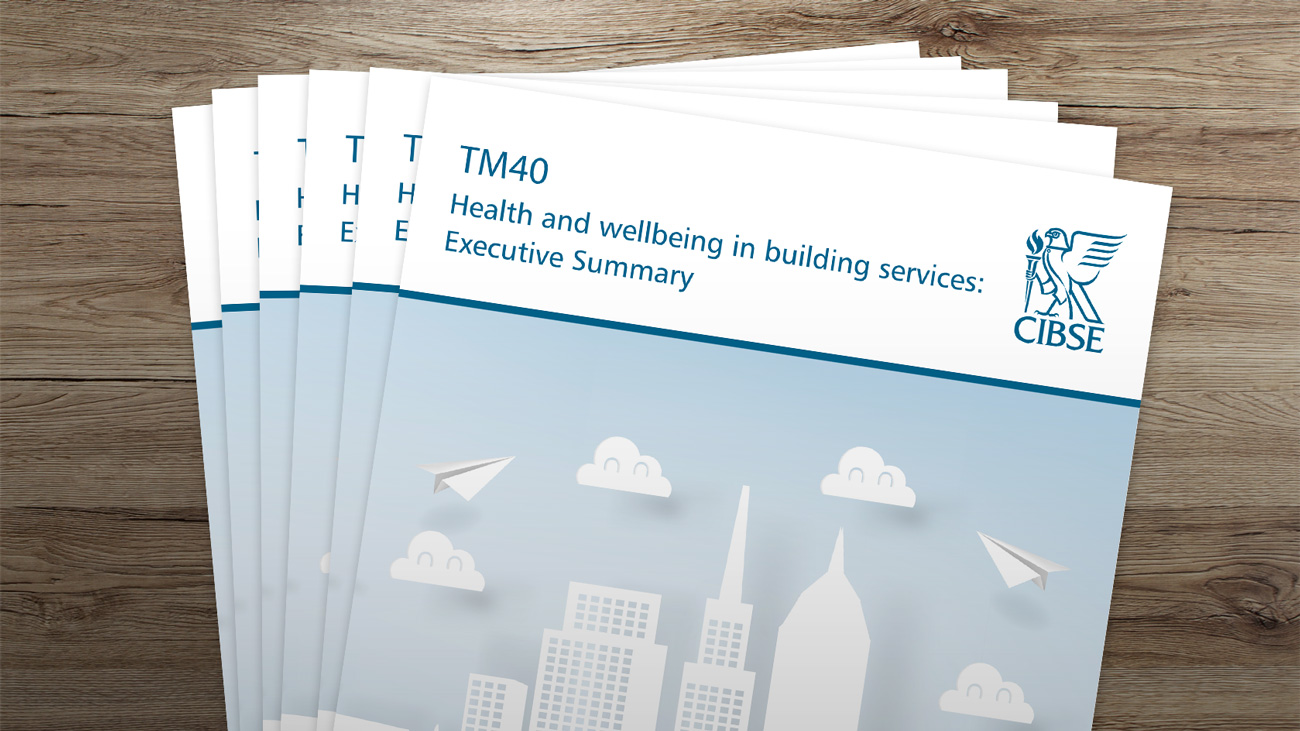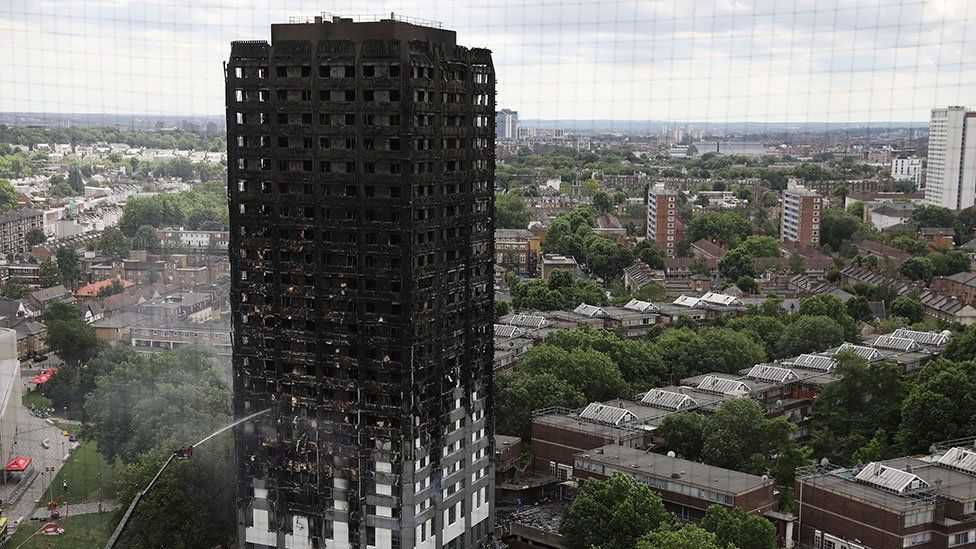
Briefing: Raising competence in the built environment - a new programme of standards
Dame Judith Hackitt’s review, Building a Safer Future, found a fragmented approach to competency of those working in the built environment. While professionals in the UK have excelled in their fields for decades, leading the way in the delivery of exceptional, forward-looking buildings, the processes in place to ensure safety were flawed. In this briefing, Claire Price of BSI discusses the introduction of a new programme of standards.
Dame Judith's review found that a series of competence requirements for those responsible for the safety of higher-risk buildings were vital in order to prevent such a tragedy as Grenfell Tower from happening again. It was proposed that these requirements be agreed across industry and, once a consensus had been reached, enforced in regulation.
Earlier this year BSI, in its role as the UK National Standards Body and in response to the review, published the first standard in a programme that will raise professional safety competency across the built environment sector, specifically for higher-risk buildings. Sponsored by the Ministry of Housing, Communities and Local Government, these standards will provide a set of core principles of competence for all those working in the sector, whilst also supporting regulatory policy and newly regulated roles, shoring up building safety across the country.
A BSI Built Environment Competence Standards (BECS) Strategy Group, featuring technical and policy experts, was set up to advise on the programme initially. A new BSI Technical Committee CPB/1 is now being set up to develop and manage the standards programme on a permanent basis.
As is the case with all standards, the programme is being developed through a process of consultation in order to achieve consensus. This ensures that every voice in the built environment sector can be heard in order to address individual problems, concerns and requirements.
The nature of the sector is such that there is a huge array of challenges felt by different parties, from engineers and site supervisors to designers and project managers. By encouraging comment from all industry professionals, these standards will aim to address these varied concerns, while also drawing together the different parties. The standards are designed to make it easier for the built environment industry to work better together, through a set of shared principles, terminology and competence requirements.
However, it is not just the safety of those working in the construction of buildings that will be protected by these standards, but also those living in and visiting them. The programme has been developed with a key principle in mind - that the public has a right to expect that such buildings have been designed, built and maintained in a safe way. It is about rebuilding trust in an industry that has for so long been at the forefront of innovation and quality, while holding that industry to account.
Through a fast, flexible standards development process - BSI Flex - BSI set up an Advisory Panel that developed the first overarching standard BSI Flex 8670:2021 which was issued in April.
The programme will also define the competences for three newly regulated roles in three new PAS documents which are now in development; PAS 8671 Principal Designer, PAS 8672 Principal Contractor and PAS 8673 Building Safety Manager. These roles will have responsibility for a building’s safety at the major stages of its lifecycle (design, construction and operation). By setting out competence requirements for these individuals, not only will it fulfil the regulatory requirements set out in the Government’s new Bill, but also ensure that safety is at the forefront of the building team’s mind, no matter what the stage or age of the building.
At the moment, the programme is focused on the safety competence of those working in the built environment sector, but the planned knock-on effects go further than this. The aim is that the standards will reach beyond the urgent issue of safety, acting as a bridge to the wider competence requirements that are being developed for other industry skills. Once the safety requirements have been embraced and embedded, the process can be applied more widely to significantly raise the quality of the work and overall culture of those working in the sector.
The built environment sector has been placed under a microscope in recent years, as Government and society sought to drastically improve the safety of buildings across the country. We have seen first-hand, by the way in which the industry has engaged with the development of these standards, how it has risen to the challenge and embraced the changes that need to be made. These core principles of competence are relevant to all those working in the sector - no matter their seniority or role - so we would encourage all building professionals to familiarise themselves with the standards, as we collectively raise the bar for building safety in the UK.
Clare Price, Built Environment Sector Lead, BSI






